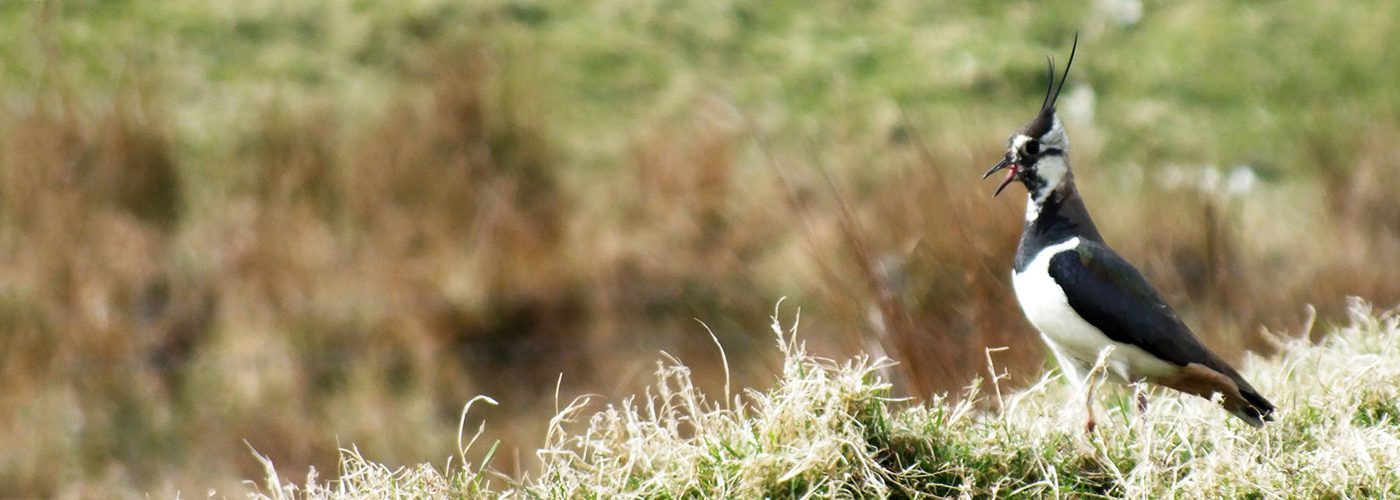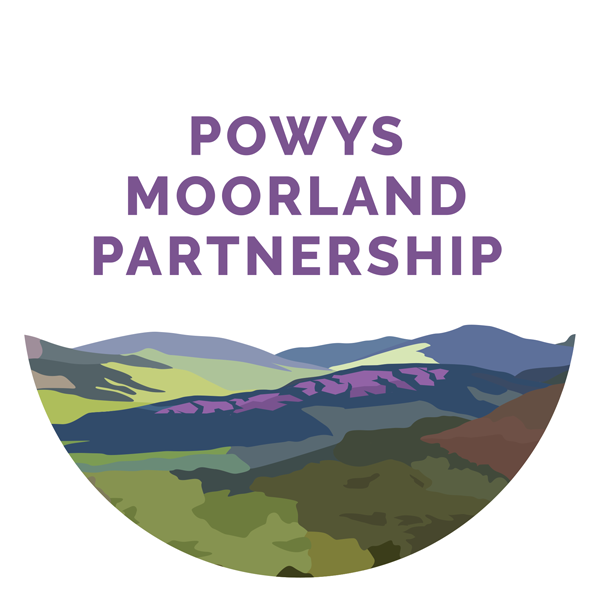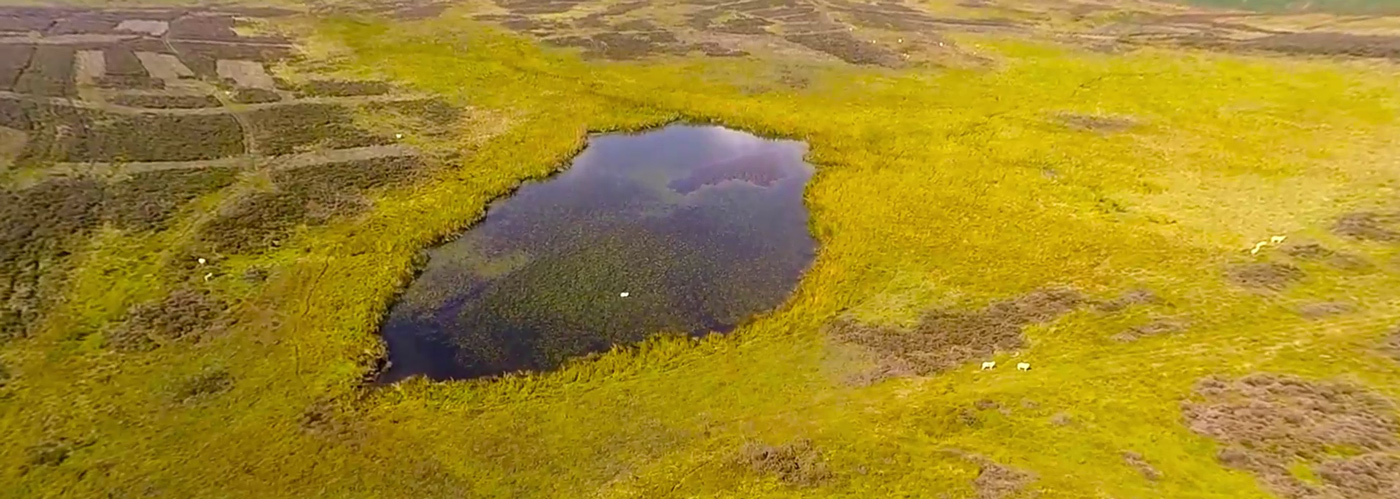Why?
To recover the beauty, biodiversity and economic potential of Wales’ unique but declining upland habitat before irreversible damage is done.
It is well documented that the Welsh uplands are suffering – more so than other parts of the UK – a serious decline in ground nesting birds and heather habitats.
The likely cause has pointed to a combination of agricultural intensification, extensive afforestation, abandonment, drainage and the cessation of predation control.
Through a series of moorland management practices and new conversations with the surrounding community, the aim is to reverse that decline through a collaborative approach to help increase the breeding success of grouse and waders, many of which are on the red list of conservation concern.
We have started a wader protection scheme by putting in a series of shallow scrapes to help the survival of these fragile birds.
If we are to look at restoring the health of our landscape we have to work at a landscape scale which means creating a larger necklace around a larger area in a more joined up approach. We cannot work in isolation and that is why this project is talking to the surrounding farmers so that the waders in particular have more of a chance of survival if conditions beyond the moorland are also favourable.
Red grouse is the indicator species on our heather moorland and are in fact the only wild indigenous bird to live there 12 months of the year.
Not only can the condition of the moorland be restored to improve the breeding opportunity for the birds and other wildlife but it will also deliver other ecosystem services including carbon sequestration, water retention and flood risk alleviation.
The Powys Moorland Partnership is an ambitious and exciting 3 year collaborative project to improve large areas of moorland by:
promoting moorland biodiversity
managing heather habitats
balancing moorland recreation with natural resources and wildlife
engaging with local communities
This project is funded from the Sustainable Management Scheme under the Welsh Government’s Rural Communities Rural Development Programme


